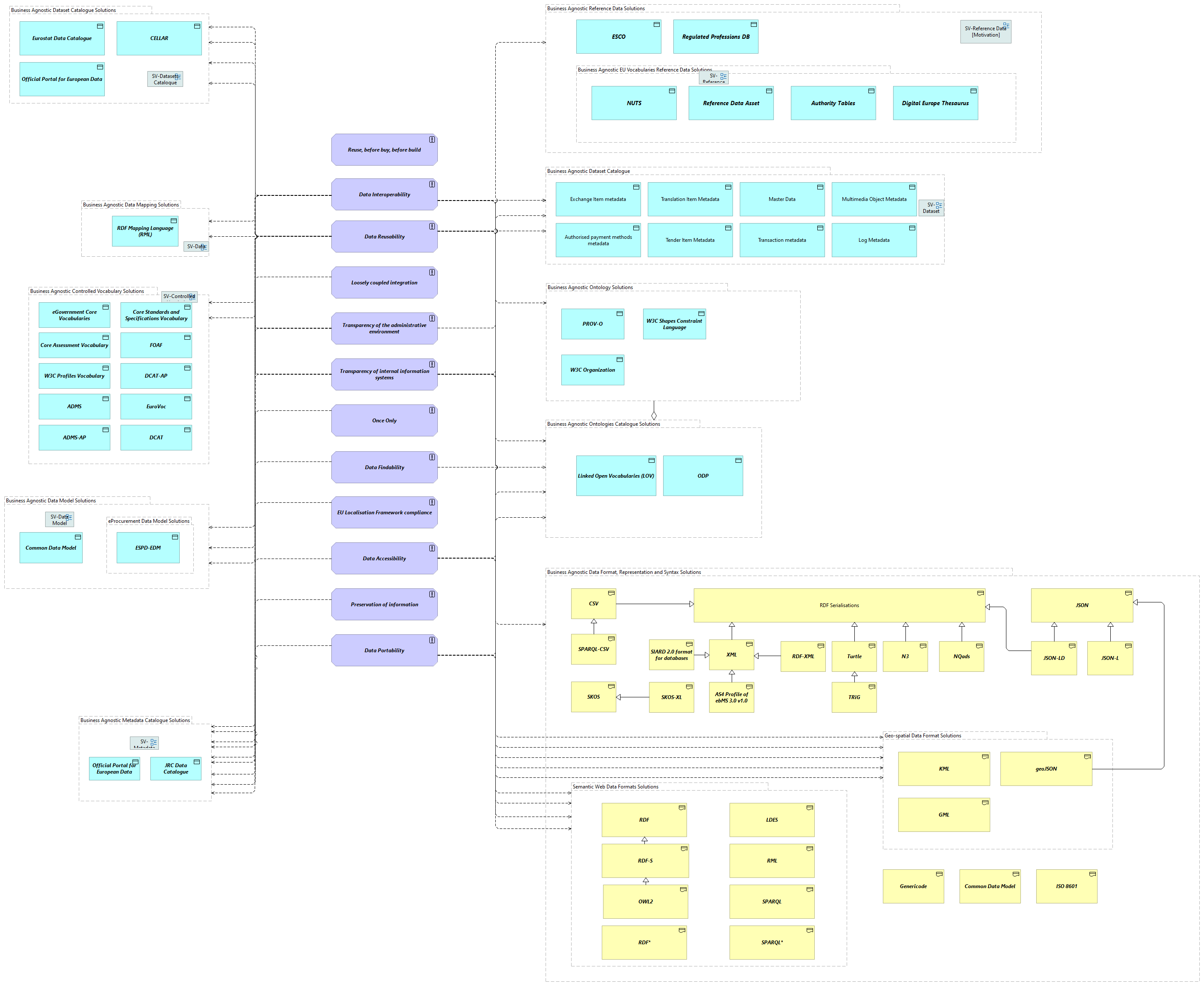
The view that relates Architecture principles to semantic view functional components is a relevant aspect of solutions architecture. This view focuses on how architecture principles influence the design and implementation of functional components within the semantic layer of a solution.
By aligning architecture principles with semantic view functional components, solutions architects ensure that the design and implementation of these components adhere to established guidelines and best practices. This alignment brings several benefits to the overall solution.
Firstly, it promotes consistency and coherence in the design of functional components. Architecture principles provide guidelines for designing semantic components that ensure a standardized approach and facilitate seamless integration and interoperability. By aligning functional components with these principles, solutions architects ensure that the semantics and data structures across the solution remain consistent, enabling efficient data exchange and integration.
Secondly, aligning architecture principles with semantic view functional components supports data integrity and quality. Architecture principles often emphasize data governance, data security, and data management practices. By incorporating these principles into the design and implementation of semantic components, solutions architects can enforce data governance policies, ensure data security measures, and maintain data quality standards. This alignment enhances the reliability and trustworthiness of the solution's data, leading to more accurate and informed decision-making.
Furthermore, aligning architecture principles with semantic view functional components improves the understandability and maintainability of the solution. Architecture principles provide guidelines for organizing and structuring functional components, making them easier to comprehend and manage. By aligning functional components with these principles, solutions architects facilitate future enhancements, updates, and maintenance of the solution, reducing the complexity and effort required for managing the semantic layer.